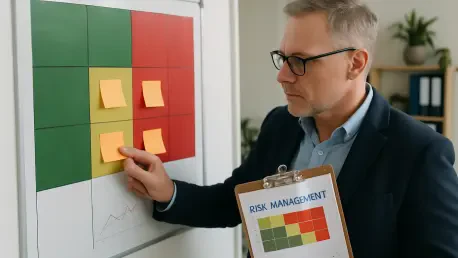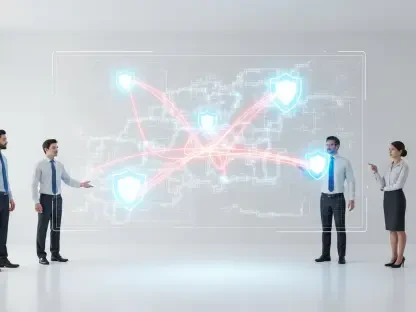When banking executives wrap up a month of monetary transactions with a finance report revealing unexpected losses due to an unforeseen cyberattack, it isn’t the initial threat but residual risk that’s often to blame. Despite robust security measures, some risks evade complete containment—a puzzling fact many industries must confront.
Why Residual Risk Matters: A Waking Giant
Residual risk lingers quietly until it tangibly disrupts operations, challenging industries to remain vigilant. It’s the risk left standing after organizations deploy their arsenal of measures to guard against potential threats. In the current economy, industries face mounting residual risks tied to technological advancements, ever-changing regulations, and economic volatilities. Understanding and effectively managing this risk is crucial, lest it leads to significant financial setbacks and compliance failures.
Navigating Diverse Terrain: Industry-specific Challenges
Imagine a bank grappling with cybersecurity issues. It invests heavily in advanced firewalls and encryption technologies, only to find emerging threats like zero-day exploits lurking on the horizon. This reality is commonplace in the finance sector, where evolving technologies present a continuous challenge.
Hospitals exhibit another distinctive case. They adhere strictly to infection control protocols, yet antibiotic-resistant pathogens persist as a persistent risk, complicating healthcare management and patient safety. Similarly, in manufacturing, countless safety measures are in place, but equipment failures and human errors contribute to ongoing hazards.
Supply chains face residual risks through geopolitical conflicts or natural disasters, compromising their reliability. Meanwhile, construction industries contend with unpredictable weather conditions, which remain beyond the purview of stringent safety standards. Each scenario reflects unique residual risks industries must navigate.
Expert Perspectives and Real-life Narratives
Residual risk resists easy elimination, creating complex narratives that experts attempt to decrypt. Dr. James Thornton, a cybersecurity specialist, emphasizes the need for continuous monitoring, claiming, “Despite sophisticated security infrastructures, we must evolve alongside threats.”
A poignant case study from the construction sector highlights a project hampered by unexpected torrential rains, revealing the inadequacy of existing preparation measures. Such narratives underscore the real-world impact and the critical nature of residual risk management.
Strategies to Manage the Unmanageable
Industries combat residual risk through strategic frameworks designed to align organizational goals with risk tolerance levels. Cost-benefit analyses help companies evaluate the economic feasibility of further risk mitigation. Moreover, risk transfer mechanisms, such as insurance policies, present viable alternatives to bear residual risks.
Considering governance, compliance requirements, and evaluating control frameworks are pivotal. Clarifying an organization’s risk appetite allows them to develop tailored approaches toward tackling residual risk, accepting some when reduction costs prove prohibitive.
Projecting Forward
Efforts to manage residual risk are infinitely valuable to industries seeking to establish stability. The proactive identification of risks and the deployment of strategic controls offer promise—but no strategy can eliminate residual risk entirely. The notion of acceptance, backed by calculated decisions, extends toward a balanced risk management approach. Today, industries reflect on past lessons, striving to adapt and pivot against residual risks, aided by insightful guidance and evolving frameworks.









